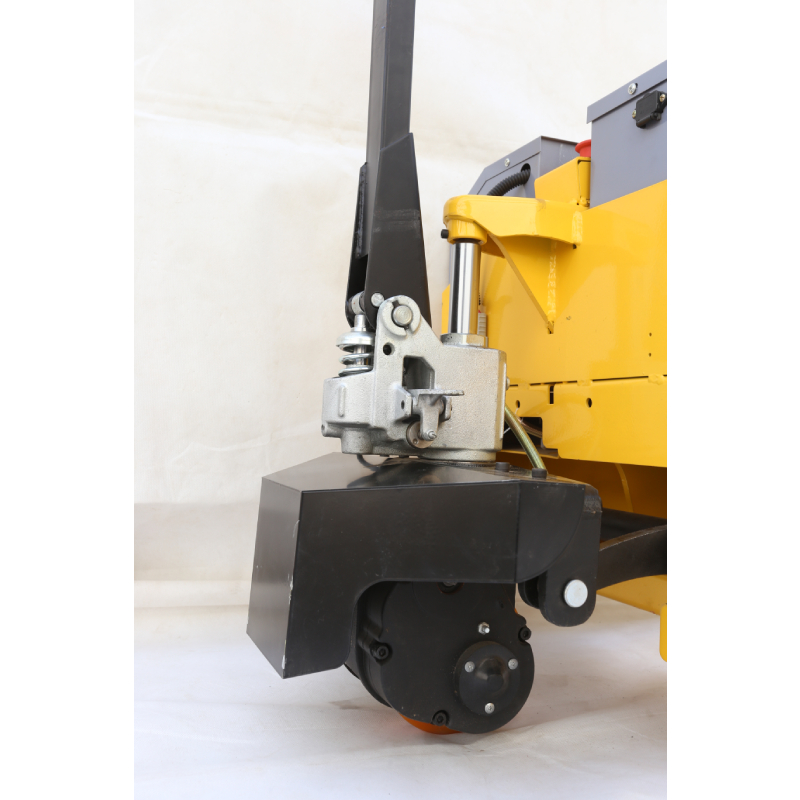


The Essential Role of Hand Trucks and Forklifts in Material Handling
Material handling is a critical aspect of various industries, from warehousing to manufacturing. Two indispensable tools in this realm are hand trucks and forklifts, both of which play significant roles in ensuring efficiency, safety, and productivity in transporting goods. Understanding their functionalities, applications, and advantages is vital for businesses aiming to optimize their operations.
Hand Trucks A Versatile Tool
Hand trucks, often referred to as dollies or trolleys, are manual devices designed for transporting heavy loads with ease. Typically equipped with two wheels and a vertical frame, hand trucks can support a wide range of items, from boxes to appliances. Their straightforward design allows for simple operation, enabling workers to lift the front of the truck and tilt it back to roll items across smooth surfaces.
One of the primary advantages of hand trucks is their versatility. They come in various models, including two-wheeled, four-wheeled, and specialized variants such as stair-climbing hand trucks. This adaptability makes them suitable for various tasks, such as moving items within a store, delivering products to clients, or facilitating logistics in a warehouse.
In addition to their flexibility, hand trucks are generally cost-effective. They require minimal maintenance, and their simple design means that they can be operated without specialized training. This makes them an excellent choice for small businesses or enterprises that need to manage costs while ensuring efficient material handling.
Forklifts Power and Precision
While hand trucks are essential for lighter loads, forklifts are designed for heavier, bulkier materials. These powered vehicles use forks to lift and move loads vertically and horizontally, making them indispensable in warehouses, construction sites, and other industrial settings. Forklifts come in various types, including counterbalance, reach trucks, and pallet jacks, each suited for specific jobs and environments.

The main advantage of forklifts lies in their ability to handle heavy loads with precision. They can lift thousands of pounds, making them suitable for pallets of goods, machinery, and other materials that are beyond the lifting capacity of hand trucks. Furthermore, forklifts are equipped with advanced features, such as adjustable forks, which allow operators to stack items at various heights, enhancing warehouse space utilization.
Safety is another critical consideration when using forklifts. Operators must undergo training and certification to ensure they are qualified to handle these powerful machines. This emphasis on training not only protects employees but also minimizes the risk of accidents and damage to goods.
Choosing Between Hand Trucks and Forklifts
Deciding whether to use a hand truck or a forklift often depends on the specific requirements of a task. For lighter loads, narrow aisles, or smaller spaces, hand trucks are typically more efficient and cost-effective. Conversely, for heavier items or tasks that require vertical lifting, forklifts provide unparalleled power and capability.
Many businesses utilize both tools in conjunction, selecting the best option based on the weight and nature of the materials being transported. By integrating both hand trucks and forklifts into their operations, companies can maximize productivity while ensuring safety.
Conclusion
In conclusion, hand trucks and forklifts are fundamental tools in the field of material handling. Each has its unique advantages and ideal use cases, allowing businesses to tailor their material handling strategies for optimal efficiency. As industries continue to evolve, investing in these essential tools will remain crucial for companies looking to enhance their operational capabilities and meet the demands of the modern marketplace.



